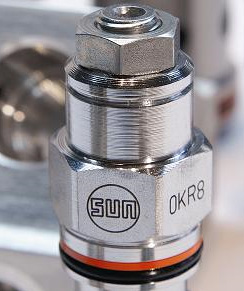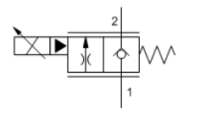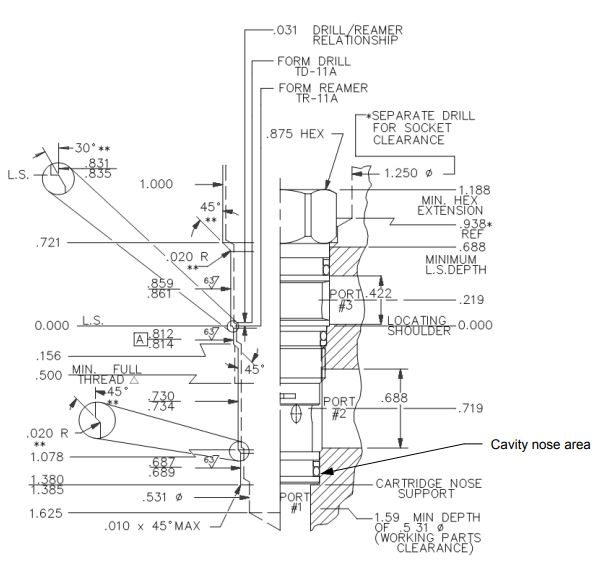

Cavitation refers to the formation of small bubbles in the hydraulic oil, typically caused by high flow velocities, pressure drops, and low system pressure. These bubbles consist of dissolved gases and vaporized oil.
At high speeds and low pressures, combined with rapid pressure drops, bubbles can form in the oil. When these bubbles implode, they release enough energy to strip electrons from the oil molecules. This process can produce a faint blue glow – a phenomenon known as sonoluminescence – and is sometimes accompanied by a distinct white noise.
It’s not the bubbles themselves that cause erosion, but the implosion. If a bubble collapses near a surface, the resulting shockwave can damage the material on a molecular level, leading to erosion over time.
However, if the downstream pressure is high enough and the bubble collapses further inside the valve, near where it was formed, no damage or erosion will occur.
The document below provides a more detailed explanation of how to prevent cavitation, but here are the key recommendations:
Increase downstream pressure. Raising the pressure by 5% will reduce cavitation; a 10% increase will effectively eliminate it. These percentages are based on the total pressure drop across the valve.
Switching from aluminum to steel manifolds reduces erosion by a factor of 10.
If you have any questions or want to learn more about how to prevent cavitation, feel free to contact us.
You find a more detailed description of manifold erosion due to cavitation here.




Hydnet
EA Rosengrens gata 29
421 32 Västra Frölunda
+46 31 - 499 490
info@hydnet.se